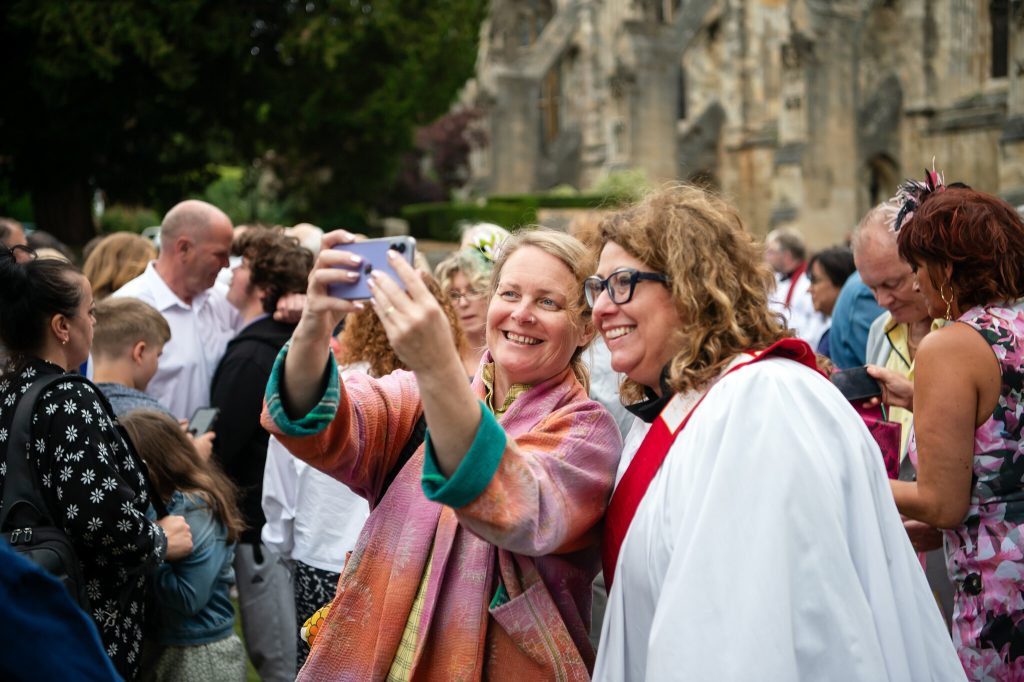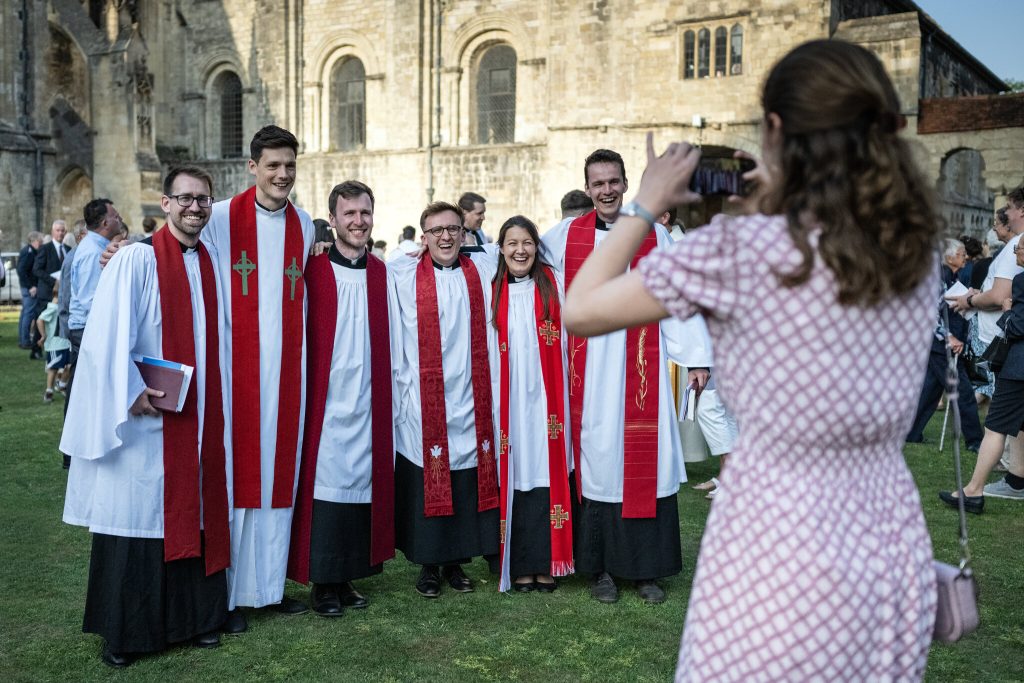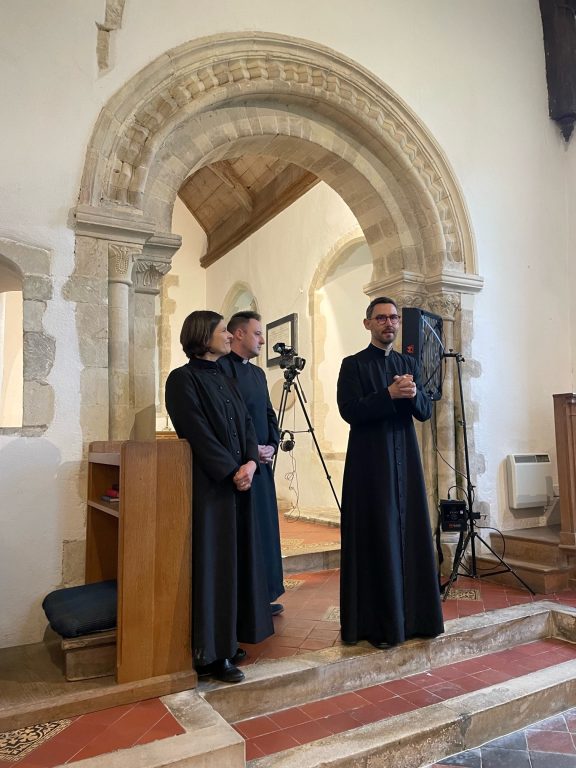When you’re using photos, whether it’s on your website, on social media, or in your parish magazine, you do need to be aware of the copyright around these images. Photos you find via Google Images or from another website will belong to the person who took the photo. In many cases, you’d therefore need the owner’s permission to use the photos, which may come with a fee.
If you have used photos that you don’t have permission to use, you may receive a notification that the photo has been used illegally and face a demand for payment – maybe even the threat of being taken to court.
Some companies use bots to identify what they believe are copyright infringements and then get in touch with the website owners, demanding a fee. The methods of such companies can be controversial, but not ultimately illegal. Charities may therefore choose to make payments to resolve any copyright claims.
Many charities have fallen victim to copyright infringement, as there can be a grey area when it comes to ‘fair dealing’. This allows use of copyrighted photos for non-commercial purposes. However, in most instances, you won’t be able to use copyrighted material without permission.
You can find more information about the use of copyrighted images via the Church of England’s Images and Copyright Guide.

What Should You Do If You’ve Used Copyrighted Images?
If you have images that you’re not sure are copyright-free on your website, or any other platform, it’s sensible to replace them. This may mean commissioning your own photos, which you’ll own the copyright to.
Alternatively, you can use copyright-free, or royalty-free, images. These are images where permission has been waived. You can download such images for free via websites like Unsplash, Pixabay or Wikimedia Commons. There are also sites where you can pay a subscription fee for photos, or pay for one-off images, like iStock and Lightstock.

The Importance of Imagery
You might want to use images on your social platforms and website, but not consider it to be essential. But images are important – they can help bring more visitors to your website, promote social sharing, and ultimately engage your site visitors.
The most engaging images tend to be authentic ones. Sometimes using a stock image can be helpful, as it depicts what the content is describing. But when people come to look at your website, they can usually tell when an image is a stock photo. So, to help visitors get a sense of your church community, it’s important to show them your community – include as many photos of your congregation as possible (though make sure you get the consent of those being photographed). The photos don’t need to be perfect; they just need to be authentic.
